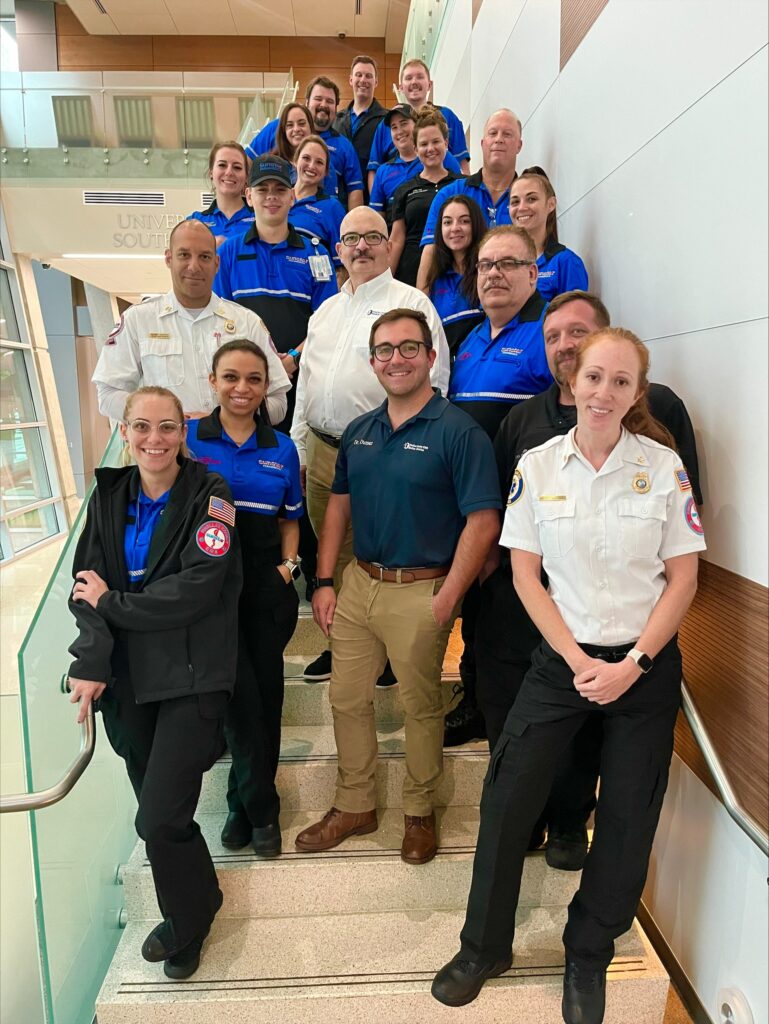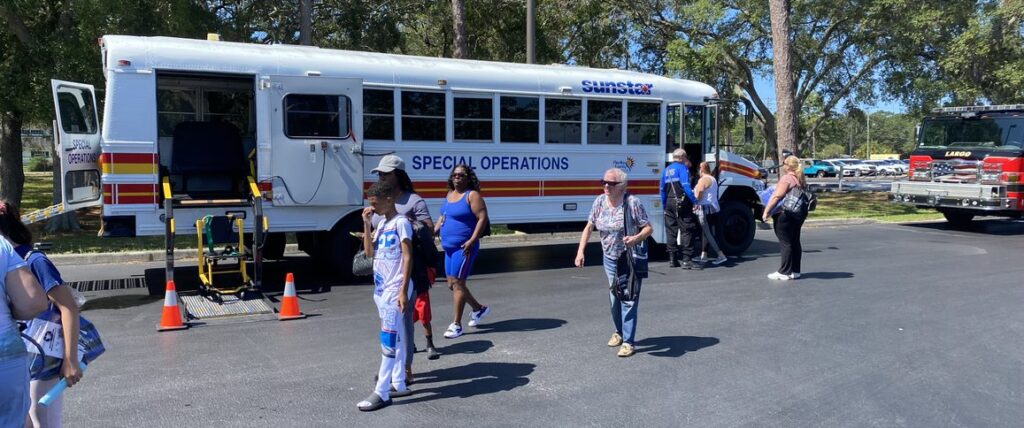Sunstar Paramedics’ fleet of vehicles is the backbone of its emergency response operation. The 71 ambulances and 11 support vehicles in the fleet are critical to Sunstar reliably transporting patients to the hospital, while allowing paramedics to give medical care en route.
Keeping the fleet in top condition is a full-time job for Philip Young, director of support services at Sunstar, and his team of eight mechanics.
“Sunstar ambulances drive over three million miles every year,” says Young. “The support services team sees every vehicle once per month to change the oil and perform preventative maintenance actions and to check the status of 200 items on each vehicle including the brakes, tires, steering and electrical system.”
In addition to the monthly maintenance checks, each operator driver performs a vehicle inspection at the start of his shift. If a driver notices an issue during the routine check, he electronically submits a service ticket to the support services team and the vehicle can be sent to the service shop for repair.
The service center at Sunstar’s Largo headquarters is equipped to handle nearly any service request. Ten service bays and an internal parts department allow Sunstar’s mechanics to complete repairs and preventative maintenance seven days a week. All Sunstar mechanics hold certification from the National Institute for Automotive Service Excellence (ASE) and four are qualified as ASE master technicians.
In addition to repairs and maintenance, the team is constantly exploring ways to become more time and cost-efficient. Ambulance lights, tires, brakes and alternators need replaced often due to heavy use, and the Sunstar team found ways to keep ambulances on the road by making repairs more efficient and reducing the wear its parts.
An EMS vehicle has a huge demand on its battery and alternator, which power the on-board refrigerator and other life-saving equipment, so Sunstar pioneered the use of solar panel technology for ambulances. More than 90 percent of the Sunstar ambulances have solar panels on the roof, which use the Sunshine State’s natural resources to offset the vehicle’s demands on its battery and alternator. The solar panels have reduced Sunstar’s costs for replacement alternators by half, and give batteries a longer life in the ambulances.
Light bulb replacements were a common service issue found in pre-shift inspections. In the past, all replacements were made at the service center. To reduce the time that an ambulance is out of service, Young had the mechanics teach hub supervisors how to change light bulbs in the headlamps. Now supervisors can replace a bulb in 10 minutes, which is less time than it took to drive to the service center for the replacement.
Sunstar’s ambulance operators are also helping to reduce the wear on the vehicles. Each Sunstar ambulance is equipped with a training tool that sends an audible warning when the driver turns too sharply, brakes too hard or accelerates too quickly. The Road Safety device helps each driver continuously perfect his driving techniques, and reduces the wear on the ambulance’s tires and brakes, while providing a comfortable ride for the patients.
“The fleet team is a critical part of caring for Pinellas County,” said Debbie Vass, chief administrative officer. “By keeping our ambulances maintained, they ensure our EMTs and paramedics are able to respond to emergencies and have reliable vehicles to transport patients.”



